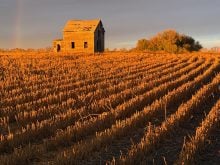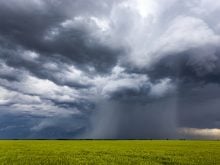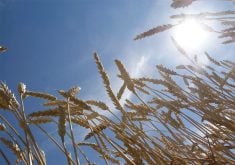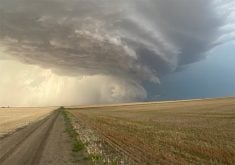As I promised, it is time to do our usual look back at last month’s weather across the prairies. The end of March is also the end of the extended winter season across the prairies, so it is also time to look back and see how all the numbers added up and compare over the winter.
Looking at March temperatures, Alberta had the top two warmest locations in Calgary and Edmonton with Winnipeg sneaking into third place. While Winnipeg made it into the top three warmest locations, Dauphin, which is not that far away from Winnipeg came in as the coldest centre. Also of interest, while both Calgary and Edmonton were warmer than Winnipeg, Winnipeg’s temperature compared to average just nudged out those two locations by 0.1 C making it the warmest location compared to average.
Looking at March’s precipitation, except for Edmonton which reported 39.1 mm – that’s 22 mm greater than average, it was a very dry month across the rest of the prairies. The least amount of precipitation fell in Peace River with only 0.4 mm recorded. While Brandon saw a bit more at 4 mm, Brandon’s higher monthly average meant that, compared to average, Brandon was the driest spot.
Read Also

U.S. rules frustrate Canadian organic exporters
Exporters of organic grain and food are struggling to get their products to the U.S. market as new rules designed to curb organic fraud hit Canadian companies.
Overall, it was a warmer than average March across Alberta along with southern and eastern Manitoba, with Saskatchewan and northwestern agricultural Manitoba seeing below average temperatures. Precipitation was near to below average with central Alberta seeing above average amounts. If we look back at the forecasts for the month, it the European or ECMWF forecast and my own were the closest with calls for near to slightly above average temperatures and near to slightly below average precipitation.
Okay, now on to the extended winter data (November to the end of March), starting off with temperatures. Just like with the March temperatures, we have the same top three locations when looking at the actual mean winter temperatures, and we see the same pattern when we look at how the temperatures compared to average with Winnipeg once again coming in as the warmest location. Winnipeg came in at 1.7 C warmer than average. While Calgary, which was the warmest actual location (-4.5 C) was only 0.2 C warmer than average. The coldest regions in March were located across Saskatchewan and western Manitoba.
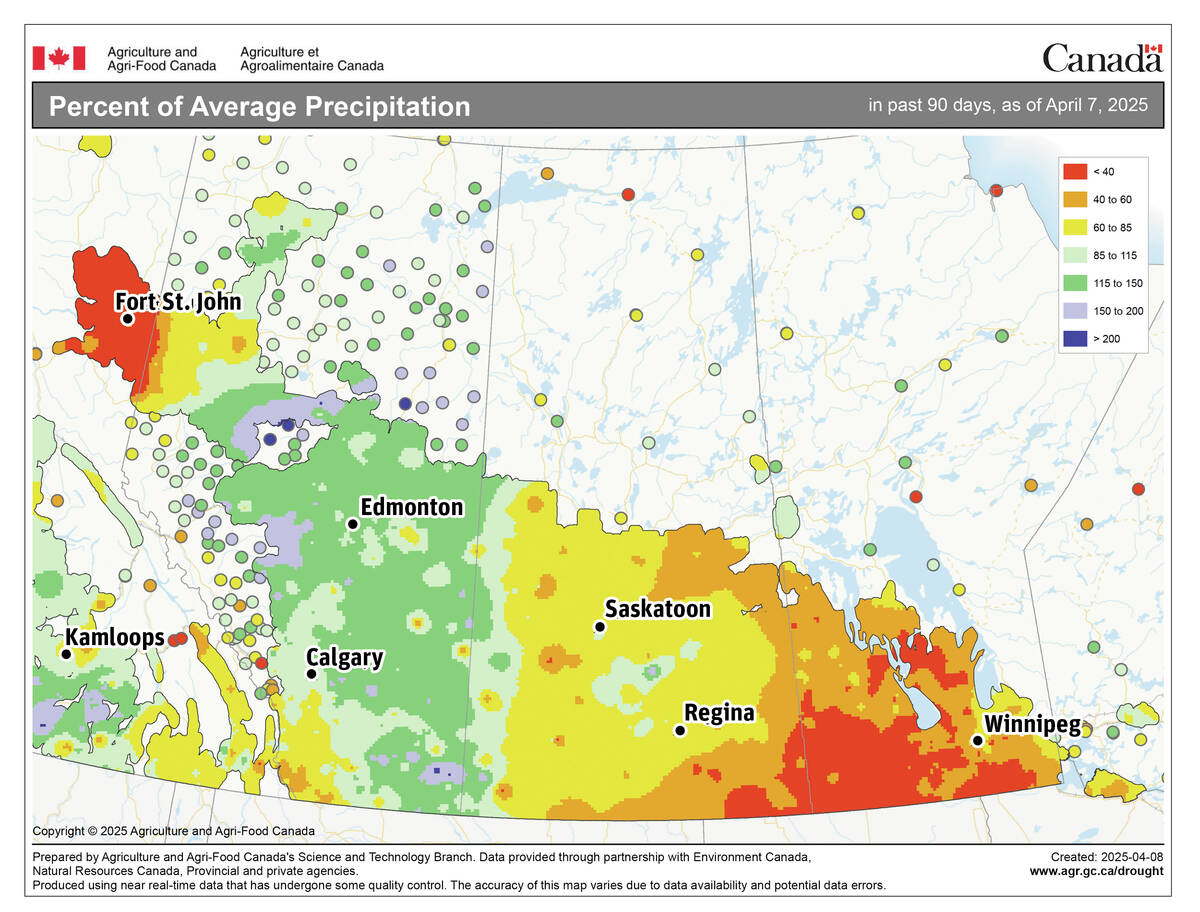
Looking at the precipitation totals for the winter, Edmonton and Winnipeg were the wet spots with both locations reporting right around 100 mm of water equivalent precipitation. Edmonton won out as the wettest location compared to average coming in at 123 per cent of average. At the other end of the spectrum, Dauphin, Saskatoon, and Peace River saw the least amount. Compared to average, Peace River was the driest coming in at only 30 per cent of average.
If we were to summarize the winter of 2024-25, I would say that it saw near average temperatures along with near to below average precipitation. If we look back at the winter forecasts that were made at the beginning of November, and I had to pick one, then it would be the ECMWF with their prediction of slightly warmer than average temperatures with slightly above average precipitation with Alberta seeing the best chance of above average amounts.
Daniel Bezte is a teacher by profession with a BA in geography, specializing in climatology, from the University of Winnipeg. He operates a computerized weather station near Birds Hill Park, Man. Contact him at dmgbezte@gmail.com.






